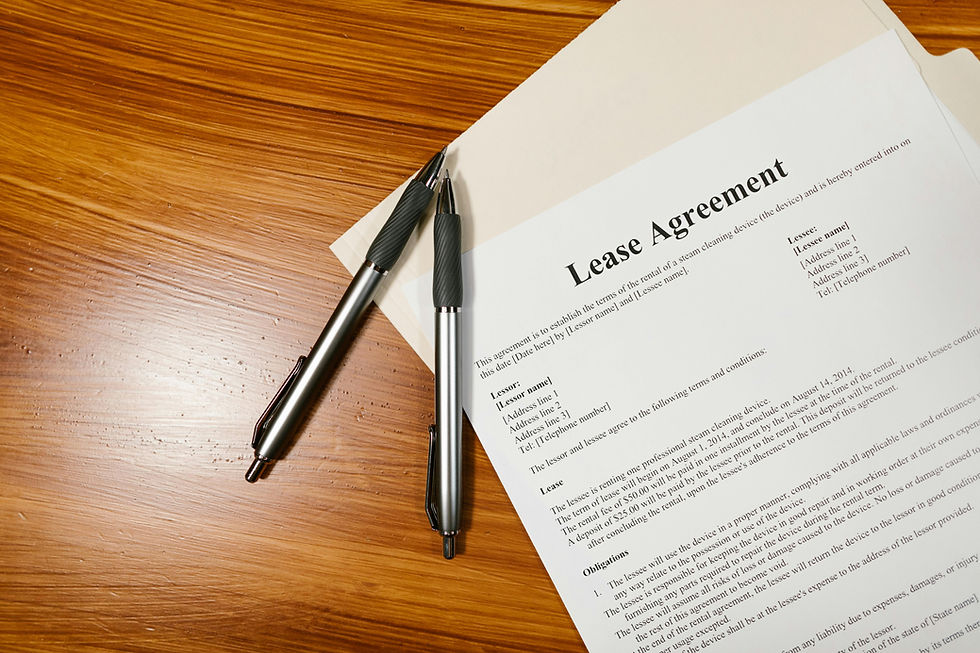Top Five Things to Know When Considering a Move Across State Lines
- eweinblatt3
- Jun 15
- 3 min read
Updated: Jun 16

Moving to a new state is more than just packing boxes and changing zip codes. It's a major life transition that requires careful planning, research, and budgeting. Whether you’re relocating for a new job, better lifestyle, family reasons, or just a fresh start, it’s important to understand the key factors that can make or break your move.
To help you stay informed and prepared, here are the top five things you should know before moving across state lines:
1. Understand State Laws and Regulations
Every U.S. state has its own set of laws — and they can affect your move more than you might think. Before relocating, do some homework on:
Driver’s license and vehicle registration: Most states require you to update your driver’s license and register your vehicle within 30 to 60 days of moving.
Tax laws: Some states have no income tax (like Florida or Texas), while others have high tax rates. Understanding how this affects your income can help you budget better.
Homeownership rules: If you’re buying a house, be aware of different real estate regulations, property taxes, and insurance requirements.
Voting registration: You'll need to register to vote in your new state if you want to participate in elections.
🟡 Pro Tip: Visit the state’s official government website for all moving-related information, including registration deadlines, tax forms, and ID updates.
2. Create a Moving Budget (And Stick to It)
Long-distance moves can be expensive. Without a clear budget, costs can quickly get out of hand. When planning your move, consider:
Moving company fees: Get multiple quotes and ask if they offer interstate moving services.
Packing materials: Boxes, tape, bubble wrap — they all add up.
Storage: You might need short-term storage if your new home isn’t move-in ready.
Travel and lodging: Don’t forget gas, food, and hotel stays during your move.
Utilities and deposits: Some states or landlords may require large deposits for electricity, water, or internet setup.
🟡 Pro Tip: Add a 10-15% buffer to your moving budget for unexpected expenses.
3. Choose the Right Moving Option
You’ve got three main options for moving across state lines:
Full-service movers: Easiest but most expensive. They pack, load, transport, and unload everything for you.
DIY truck rental: Cost-effective but labor-intensive. You drive and handle everything yourself.
Moving container services: Middle-ground option. You pack a portable container, and the company transports it.
Each has its pros and cons, depending on your budget, timeline, and comfort level.
🟡 Pro Tip: Always read online reviews and confirm that the mover is licensed with the Federal Motor Carrier Safety Administration (FMCSA).
4. Visit Your New Area Before the Move
If possible, plan a short trip to your new city or town before you officially relocate. This will help you:
Get familiar with local neighborhoods
Tour schools, gyms, hospitals, or other important places
Talk to locals and get a sense of community vibe
Check commute times and traffic patterns
Compare grocery stores, public transport, and shopping options
This on-the-ground knowledge can save you a lot of stress later and help you choose the right neighborhood for your lifestyle and needs.
🟡 Pro Tip: Use this visit to take measurements of your new home and plan your furniture placement in advance.
5. Declutter and Organize Before Packing
The less stuff you move, the easier and cheaper your relocation will be. Use this opportunity to declutter and organize:
Sell or donate things you haven’t used in over a year.
Use this as a chance to digitize important documents and store them securely.
Label all boxes by room and content type to make unpacking easier.
Create an essentials box with toiletries, a few changes of clothes, important papers, and basic tools — you’ll need this on day one.
🟡 Pro Tip: Start packing non-essential items at least 3–4 weeks before your move date. This spreads out the work and reduces last-minute stress.
🧭 Final Thoughts
Moving across state lines is a big milestone — but with smart planning, it doesn’t have to be overwhelming. By staying informed about laws, budgeting wisely, and choosing the right moving strategy, you can transition smoothly into your new home and community.
Remember: organization is your best friend. Start early, keep checklists, and don’t be afraid to ask for help — whether that’s from a moving company, real estate advisor, or friends and family.


